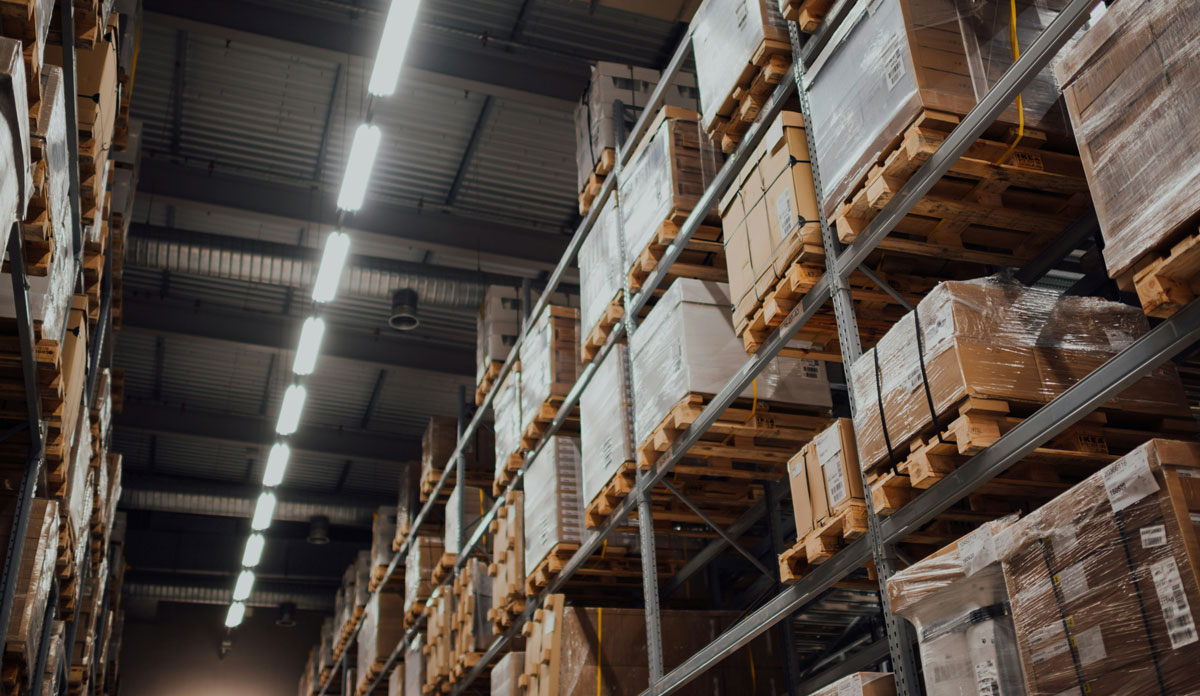
Top Tips for Shipping & Logistics Management in Asian Sourcing Ventures
Sourcing products from Asia can be an incredibly rewarding venture for your New Zealand-based business, unlocking new opportunities, competitive prices, and diverse product offerings. However, the shipping and logistics side of importing products can sometimes prove to be a complex, time-consuming, and costly challenge.
As sourcing experts we are here to guide you through the labyrinth of shipping and logistics management, sharing invaluable insights, tips, and advice to help you navigate these processes like a seasoned professional.
In this guide, we'll dive into the world of shipping and logistics management, empowering you with the know-how to efficiently move your sourced products from Asia to New Zealand and beyond. With our conversational-style guidance, you'll uncover the secrets to optimising shipping methods, mastering freight-forwarder relationships, effectively navigating customs requirements, and implementing practical risk mitigation strategies.
Part 1: Selecting the Optimal Shipping Method
Choosing the right shipping method for your imported goods can significantly impact delivery times, costs, and overall efficiency:
- Compare Shipping Options:
Weigh the pros and cons of various shipping methods, such as sea freight, air freight, and express courier services. Consider factors like cost, transit time, product size and weight, and the required level of urgency.
- Factor in Storage & Warehousing:
If using sea freight or air freight, account for potential storage and warehousing needs, ensuring access to facilities near the destination port.
- Stay Informed on Market Rates:
Regularly monitor industry shipping rates and fluctuations to avoid overpaying for shipping services. Stay abreast of global economic developments that could impact fuel prices, tariffs, or shipping line capacities.
Part 2: Building Strong Freight-Forwarder Relationships
Establishing partnerships with reliable freight-forwarders can simplify the shipping process and enhance your logistics operations:
- Vet Freight-Forwarders Thoroughly:
Research potential freight-forwarders, checking their credentials, areas of expertise, and customer testimonials. Select a partner with a proven track record in managing imports from Asia to New Zealand.
- Clarify Roles & Responsibilities:
Set clear expectations with your chosen freight-forwarder, outlining each party's roles and responsibilities in the shipping process. This ensures a harmonious working relationship and minimises potential disputes or misunderstandings.
- Maintain Open Communication:
Regularly communicate with your freight-forwarder, providing updates on your sourcing activities and ensuring they're aware of any changes to your shipping requirements. Encourage open dialogue to handle challenges proactively and minimise disruptions to your logistics operations.

Part 3: Navigating Customs Requirements with Confidence
Understanding and adhering to customs requirements is crucial to prevent import delays or regulatory penalties:
- Study New Zealand Import Regulations:
Familiarise yourself with New Zealand's import regulations, focusing on compliance requirements for your specific products. Consult the New Zealand Customs Service and the Ministry for Primary Industries for guidance on duties, taxes, and permits.
- Prepare Accurate Shipping Documentation:
Submit accurate and comprehensive shipping documentation to avoid delays, customs penalties, or product seizures. Enlist the help of your freight-forwarder to ensure all paperwork complies with New Zealand import requirements.
- Factor in Compliance Costs:
Incorporate duty rates, taxes, and other compliance costs into your product pricing strategy to maintain profitability while adhering to import regulations.
Part 4: Implementing Risk Mitigation Strategies for Shipping & Logistics
Proactive risk management can safeguard your business from disruptions to your shipping and logistics processes:
- Secure Adequate Insurance Coverage:
Protect your valuable cargo with the appropriate insurance coverage, covering potential losses or damages incurred during the shipping process. Consult with an insurance expert to ensure your coverage aligns with your product's value and risk profile.
- Develop Contingency Plans:
Create contingency plans for potential disruptions, such as strikes, weather events, or geopolitical tensions. Identify alternate shipping routes, suppliers, or modes of transportation to minimise the impact of unforeseen events on your product deliveries.
- Monitor Changing Regulations & Market Conditions:
Stay informed on evolving import regulations, market conditions, and global economic developments that could affect your shipping and logistics processes. Keeping abreast of the latest information allows you to adapt and adjust your strategies accordingly.
Final Thoughts
Mastering the ins and outs of shipping and logistics management is essential to the success of your New Zealand-based business importing products from Asia. By selecting the optimal shipping method, building strong relationships with freight forwarders, navigating customs requirements with confidence, and implementing effective risk mitigation strategies, you'll create a seamless shipping process and ensure timely delivery of your high-quality sourced products to their destination.
As your friendly sourcing expert, Epic Sourcing New Zealand is here to provide you with invaluable insights, tips, and guidance to help you conquer the challenges of international shipping and logistics management.
With the support of our fun, conversational guide, you'll be well-equipped to steer through the complexities of global transportation and pave the way for a consistently outstanding importing experience. So here's to smooth sailing, exceptional logistics, and extraordinary sourcing success!
Related Articles
Let’s Make It Epic
We're here to make sourcing simple – and a whole lot less stressful.

.svg)

.svg)





